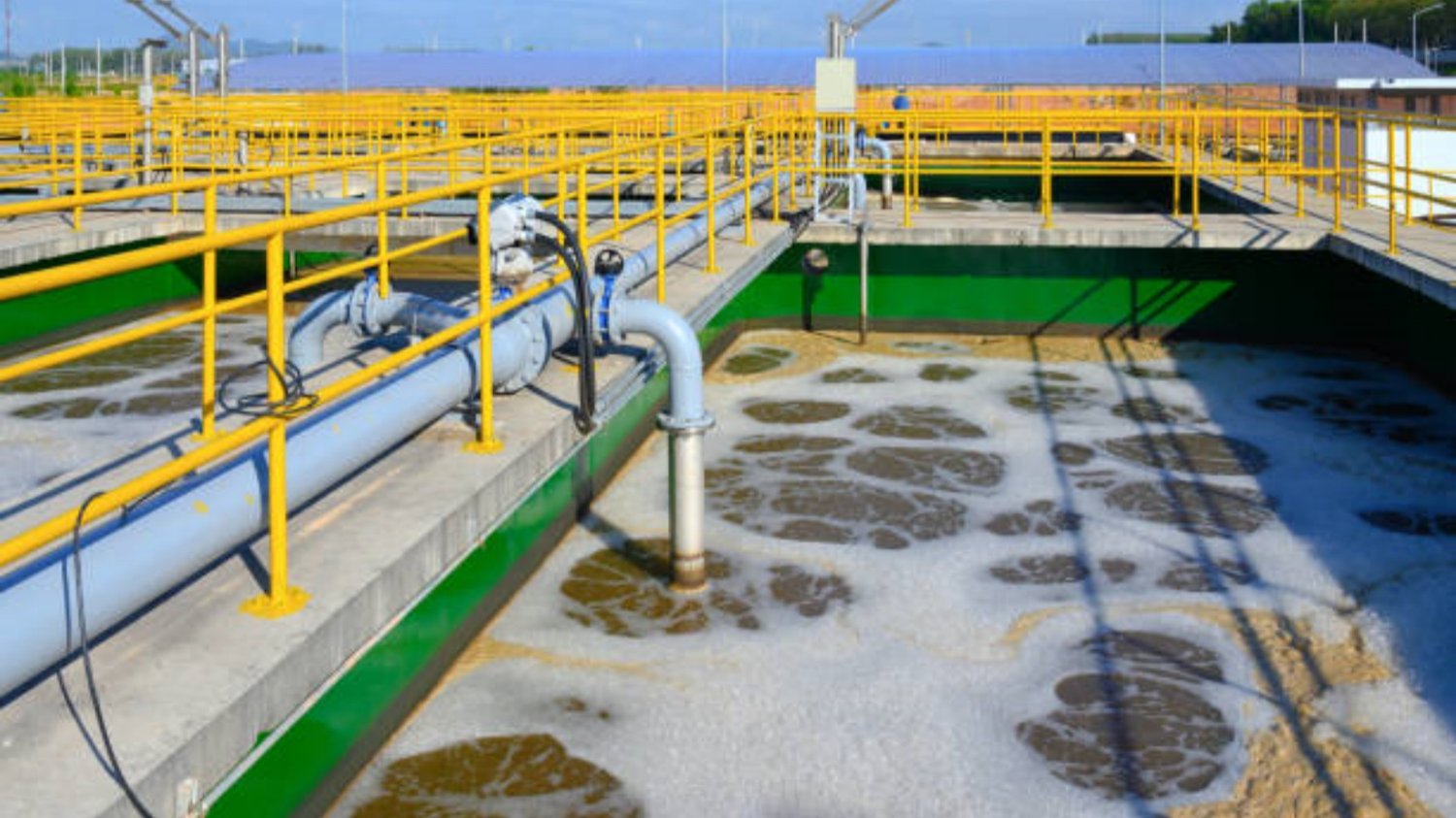Which type of impeller is preferred for clean and clear water??
When it comes to choosing the right impeller for clean and clear water applications, there are several factors to consider. The impeller plays a crucial role in the performance and efficiency of a water pump, so selecting the appropriate type is essential. In this article, we will explore the different types of impellers and discuss which one is preferred for clean and clear water.
The Centrifugal Impeller
The centrifugal impeller is one of the most commonly used impellers in water pumps. It consists of curved blades that rotate rapidly, creating centrifugal force that pushes the water away from the impeller. This design allows for efficient movement of water and is suitable for a wide range of applications, including clean and clear water. The centrifugal impeller is often preferred for its simplicity, reliability, and cost-effectiveness.
The Axial Flow Impeller
The axial flow impeller is another type of impeller commonly used in water pumps. Unlike the centrifugal impeller, the axial flow impeller moves water parallel to the impeller shaft. This design allows for high flow rates and low head applications, making it suitable for clean and clear water transfer. The axial flow impeller is often preferred for its ability to move large volumes of water efficiently.
The Mixed Flow Impeller
The mixed flow impeller combines features of both the centrifugal and axial flow impellers. It moves water in both radial and axial directions, creating a combination of high flow rates and moderate heads. This type of impeller is versatile and can be used for various applications, including clean and clear water transfer. The mixed flow impeller is often preferred for its balance between flow capacity and head.
The Diagonal Flow Impeller
The diagonal flow impeller, also known as the diagonal flow turbine, is designed to move water at an angle between the radial and axial directions. This impeller type offers a compromise between flow capacity and head, making it suitable for clean and clear water applications that require a moderate amount of both. The diagonal flow impeller is often preferred for its versatility and ability to handle varying flow conditions.
The Closed Impeller
The closed impeller is a type of impeller that is enclosed within a casing or volute. It is designed to minimize leakage and turbulence, resulting in improved efficiency and performance. The closed impeller is often preferred for clean and clear water applications where high efficiency is required. This impeller type is commonly used in industrial and commercial settings where energy savings are a priority.
The Open Impeller
The open impeller, as the name suggests, does not have a casing or volute. It consists of blades attached to a hub and is open on both sides. The open impeller is suitable for clean and clear water applications where the presence of solids or debris is minimal. This impeller type is often preferred for its ability to handle abrasive liquids and reduce clogging.
The Semi-Open Impeller
The semi-open impeller is similar to the open impeller but has a back shroud that partially covers the blades. This design provides some containment for the liquid being pumped while still allowing for the passage of solids. The semi-open impeller is commonly used in wastewater treatment plants and other applications where solids handling is required. It is suitable for clean and clear water applications that may have occasional solids present.
The Screw Impeller
The screw impeller, also known as the Archimedes screw, is a unique type of impeller that consists of a spiral-shaped surface wrapped around a cylindrical shaft. As the impeller rotates, water is lifted and pushed along the screw's surface. This design allows for the efficient movement of water and is suitable for clean and clear water applications with low flow rates and high heads. The screw impeller is often preferred for its ability to handle viscous fluids and solids.
The Regenerative Impeller
The regenerative impeller, also known as the peripheral impeller, is a type of impeller that operates on the principle of fluid regeneration. It consists of a series of curved blades that create a regenerative loop, continuously imparting energy to the fluid being pumped. This design allows for high head applications and is suitable for clean and clear water transfer. The regenerative impeller is often preferred for its ability to generate high pressure and self-priming capabilities.
The Multistage Impeller
The multistage impeller is a type of impeller that consists of multiple impeller stages stacked together. Each impeller stage contributes to increasing the pressure of the fluid being pumped. This design allows for high head applications and is suitable for clean and clear water transfer where significant pressure is required. The multistage impeller is often preferred for its ability to generate high pressures efficiently.

